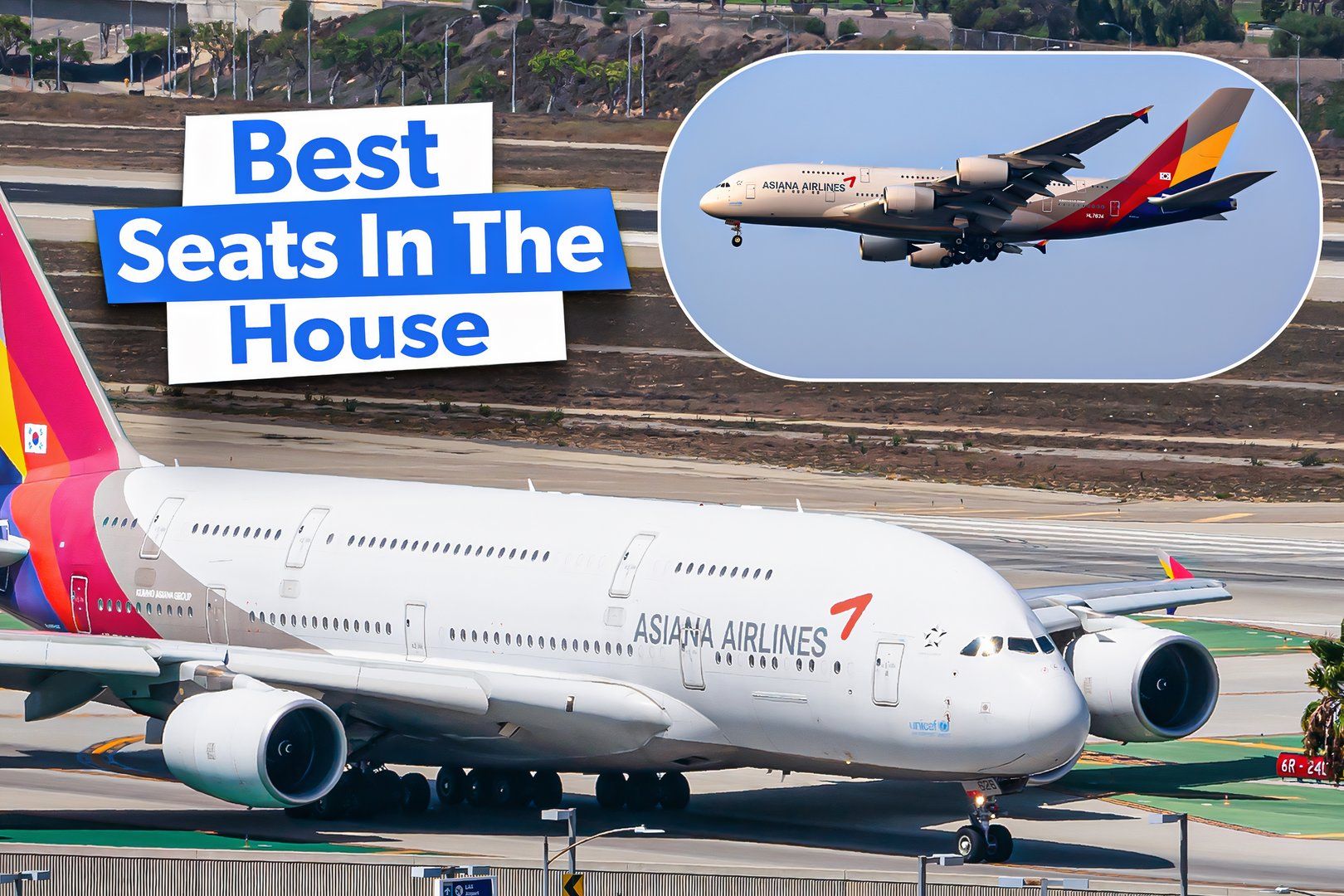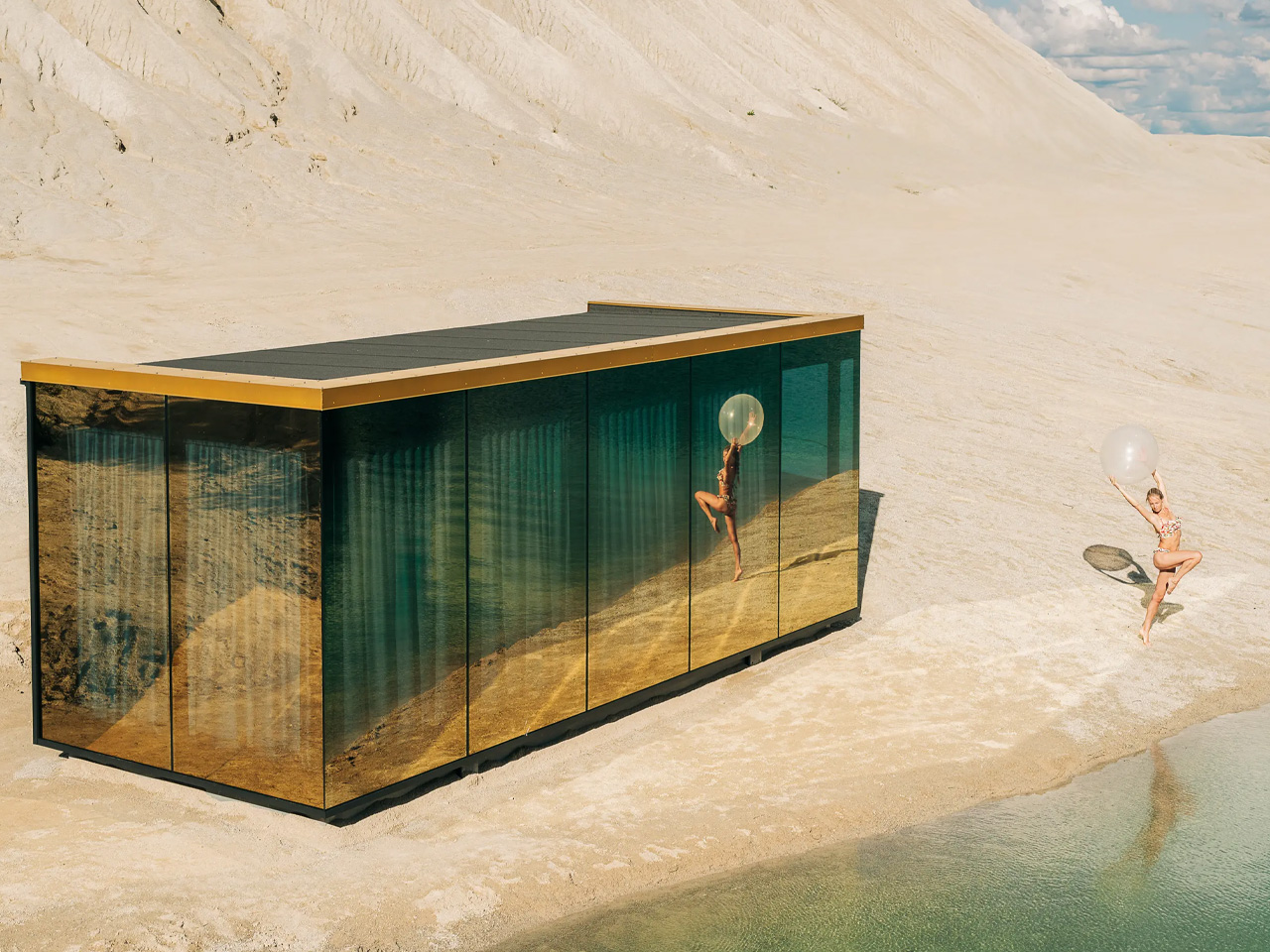, South Korea's second-largest airline, offers an impressive blend of modern aircraft and innovative services. This can particularly be seen in its Business Suites on the Airbus A380. Configured initially as first class, these 12 suites provide a luxurious experience with private cabins, spacious seating, and enhanced in-flight entertainment.
However, their designation as business class makes these seats more affordable than traditional first-class fares. Asiana's decision to rebrand and revamp its premium offering reflects a keen understanding of passenger needs and market trends. By making strategic decisions, the airline has been able to continue its longstanding commitment to passenger comfort while reducing costs.

Asiana’s A380s operate on routes between Seoul Incheon (ICN) and major destinations like Los Angeles (LAX) and Tokyo Narita (NRT). For passengers along these routes, the airline’s Business Suites stand out as a premier choice for anyone seeking comfort and exclusivity in the skies. Asiana Airlines, South Korea’s second-largest operator, was founded in 1988.
The Star Alliance member has two hubs in Seoul: an international hub at Incheon International Airport (ICN) and a domestic hub at Gimpo International Airport (GMP). Despite often being overshadowed by the much larger Korean Air, Asiana Airlines continues to play a significant role in the region. According to , the airline operates seven domestic passenger routes to six cities and 53 international routes to 21 countries.
Asiana has a mixed fleet of 80 Airbus and Boeing aircraft. Per , the airline’s fleet includes: While some older aircraft, such as the Boeing 747-400, are used for cargo operations, Asiana’s passenger planes are some of the most modern in the industry. The airline’s Airbus A380s are particularly noteworthy, as .
Asiana Airlines configures its A380s for a maximum passenger count of 495 split across two decks. According to , the A380’s main, or lower, deck contains three economy class cabins and a front section of 12 private cabins (originally the aircraft’s first class seating). The upper deck holds two business class cabins at the front and a single economy class cabin in the rear.
Asiana currently operates six A380-800s with an average age of 9.4 years. Although the world’s largest passenger aircraft is often viewed as modern enough in its original layout, many airlines have taken it one step further by employing unique class seating arrangements and amenities for passengers.
Asiana Airlines was not an exception. In 2019, Asiana made headlines by announcing they would stop selling first class tickets on their last remaining aircraft with first class seating: the A380. This move was likely made as a result of the unprofitability of these tickets due to low demand.
While many worried that the airline would eliminate the luxury of first class seating altogether, Asiana had a surprise in store. In May 2019, the airline announced its plans to rebrand its first class as Business Suite starting in September. The move followed in the footsteps of Malaysia Airlines, which rebranded its first class seats on several aircraft types in December 2018.
According to the , Asiana recognized the needs of its passengers and decided to make changes to better suit demand. This decision seemed to align with the airline’s core belief, as stated on Asiana’s website: [We envision that] “customers are transported safely, promptly and comfortably to their desired destinations at their preferred time” The airline also announced that flying in the new Business Suite would be more affordable than previous first-class seats. Representatives promised a 30 to 40% decrease in ticket prices compared to first class fares.
Asiana Airlines’s A380 first class seating was originally 12 private cabins at the front of the aircraft’s main deck. When planning the rebranding, the airline decided to reduce costs by keeping the original seats and simply changing soft products, such as food, drink, and other amenities. These are two very different aspects of onboard facilities and service.
Aligning the Business Suite’s soft products with that of the standard business class does not negate the suite’s luxury. Each of the 12 seats comes with many of the same comforts first class travelers were accustomed to before the rebranding. Each Business Suite has full-height twin doors that close for complete privacy, and the space is large enough for a mini personal closet.
The wide seats are full-flat and have a pitch of 83 inches (211 cm). The in-flight entertainment system features a 32-inch high-definition monitor which passengers can control using a touch-screen handset. Each window seat has a minimum of two windows, and two seats (2A and 2K) have three windows.
Passengers traveling with a partner or friend can choose the center seats, which allow conversation while still providing plenty of personal space. If a traveler is seated beside a stranger in one of these seats (or simply needs some quiet time alone), they can raise the privacy wall and completely separate themselves from surrounding passengers. A380 flights are often challenging to find in many regions.
For travelers hoping to fly in one of Asiana’s A380 business suites, the options are typically limited and vary often. According to and , Asiana currently operates its A380s along two routes. The first route, with around four daily flights, is .
This route is 5,209 nautical miles (9,647 km) and has an average flight time of 13 hours. Asiana’s second A380 route is Seol Incheon (ICN)–Tokyo Narita (NRT). At just 680 nautical miles (1,260 km), this is one of the world’s shortest A380 flights.
The average flight time is just two hours and 20 minutes. The airline currently operates its A380s for around four daily flights along this route. Catch it while you can, as it won't be around for long.
.


















